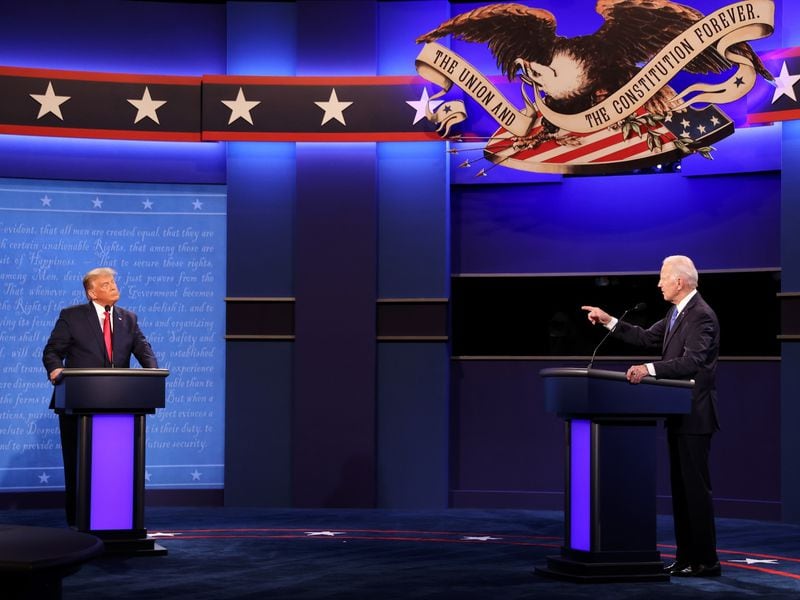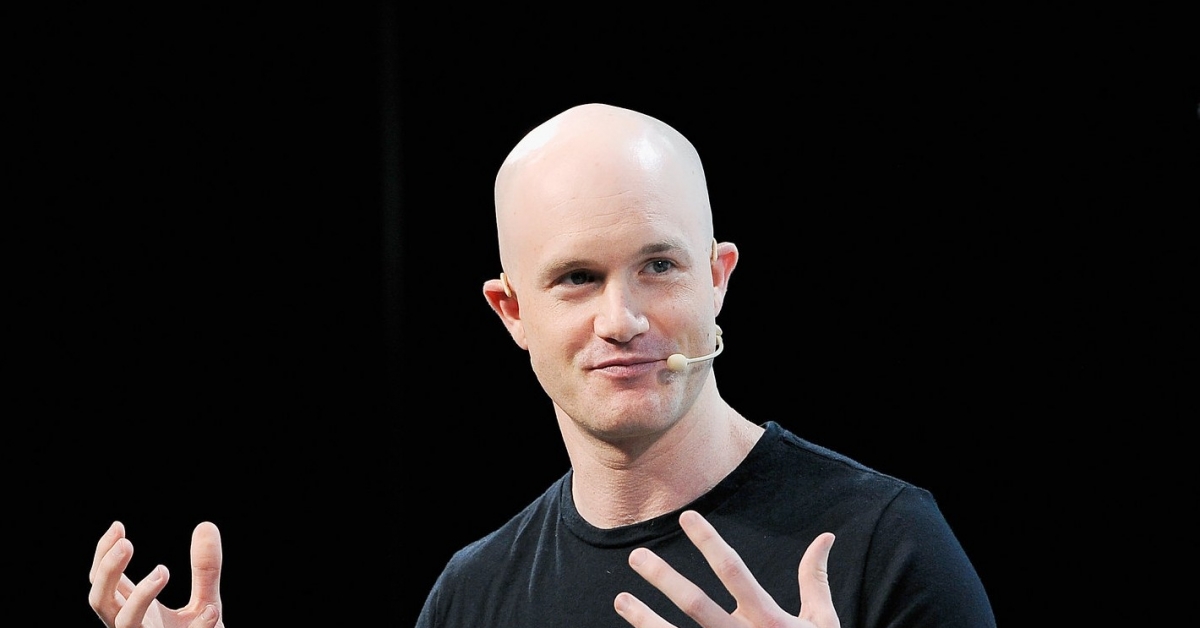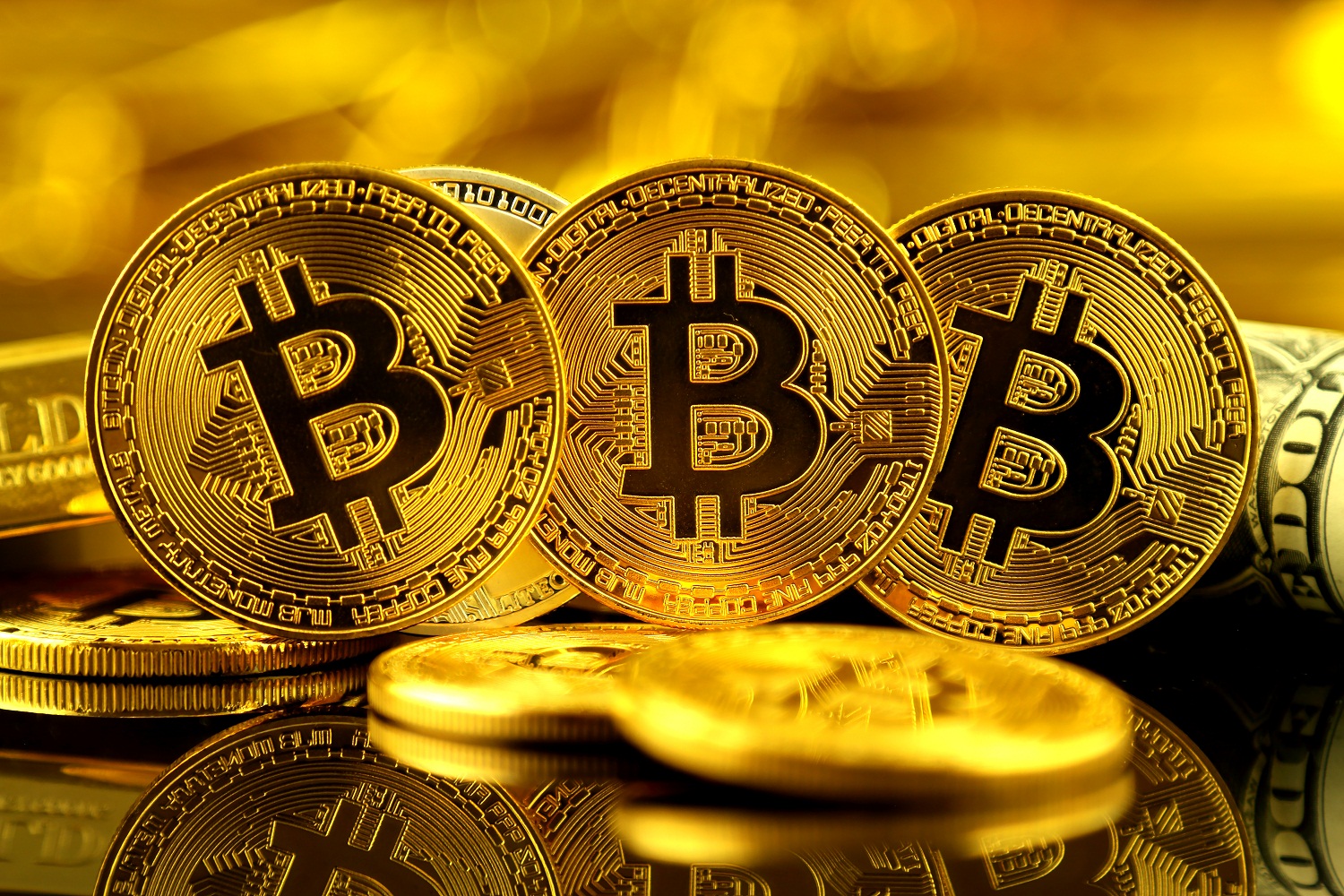In Search of Financial Freedom: The Answer Lies With Bitcoin, Not Stablecoins
In recent times, we’ve witnessed real-world scenarios where stablecoins like Tether’s USDT and Circle’s USDC have become crucial monetary tools. In Turkey, for instance, where high inflation has spurred citizens to embrace these digital assets as a hedge against an unstable national currency.
Stablecoins promise liberation from the traditional financial systems’ constraints, but how well they actually deliver on this promise depends on how one defines freedom. If we measure stablecoins against various definitions of freedom as they appear in political science literature, this new form of money falls short.
Burak Tamaç is an adjunct professor at Montclair State University.
To understand why stablecoins fail when it comes to personal liberty — and why bitcoin (BTC) succeeds — it’s helpful to take a tour of a few political philosophers, and how they define freedom.
Lets’ begin with the Anglo-Russian political theorist Isaiah Berlin, and his seminal essay “Two Concepts of Liberty” which says freedom can primarily be understood in two ways: negative and positive. Negative freedom, often termed “liberal freedom,” refers to the absence of interference or barriers. Being left alone, in other words. In contrast, positive freedom focuses on the active exercise of freedom to realize a goal or potential.
There is also a third alternative, the “republican” or “neo-Roman” conception of freedom, which draws on both of these interpretations to raise questions about governance. Irish philosopher Phillip Pettit was a pioneer in this field, and stressed a view of republican freedom as an absence of domination, while later British intellectual historian Quentin Skinner emphasized freedom from dependance. For both, the mere presence of an arbitrary power that can interfere in one’s life does not make one free.
Before turning back to crypto, let’s look at freedom another way — using an analogy of a door. Imagine negative freedom as having a choice of many doors, and positive freedom as walking through your selected door. Republican freedom brings another layer — it’s like having a bunch of doors without a gatekeeper.
In this sense, you’re free as long as no one interferes. This is similar to a the liberal conception of freedom mentioned above, but from the republican viewpoint the mere potential of interference already limits your freedom. In other words, to manage this gatekeeper, we need positive freedom solely to secure our negative freedom.
Whether the power is held by a government or a company, the problem of arbitrary power remains
With this lens, the issue with stablecoins becomes clear. Stablecoins could be said to offer negative freedom, in that there are few barriers to using these financial systems as long as the system runs smoothly. However, they miss the mark on republican freedom, or freedom without domination.
Here’s the problem: these assets are created and managed by centralized organizations. The stability and accessibility of stablecoins, along with their users, are tied to these companies’ decisions. You’re free until someone interferes. But crucially, that freedom is at the issuers’ mercy.
Look at the recent situation in my native Turkey. With a national banking system crisis and inflation, many Turkish citizens are using stablecoins, specifically USDT on Tron, to protect their wealth. It sounds attractive at first: Instead of relying on the government to oversee banks, trust foreign companies. But from a certain standpoint, this just replaces one boss with another.
Whether the power is held by a government or a company, the problem of arbitrary power remains — and that is the lesson of republican freedom. You may still be under external control, unable to significantly influence the processes that govern your economic activities.
Bitcoin, however, offers a truly decentralized option, getting us closer to freedom as non-domination. Bitcoin’s decentralized nature prevents the type of domination that comes with the centralized structures of stablecoins or traditional finance. Each participant can impact the network’s decisions, reducing the risk of arbitrary power, and thus fostering a more republican view of freedom.
In conclusion, stablecoins might seem like a lifeline in unstable financial landscapes. But their intrinsic reliance on centralized issuers compromises freedom as non-domination. It is not enough to swap one master for another, be it a government or a corporation. Real financial independence comes not from trading chains, but from eliminating or controlling them.









